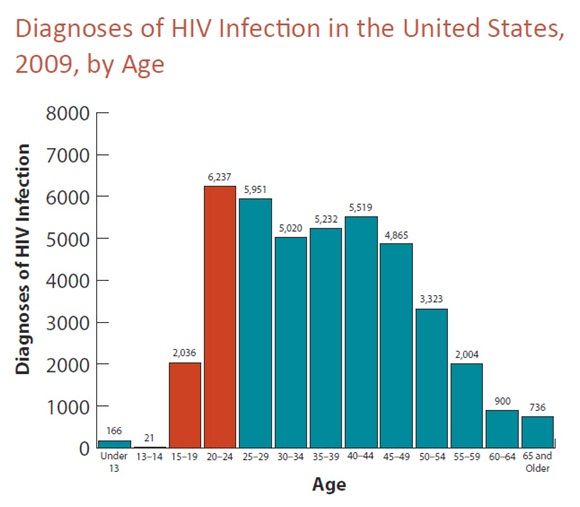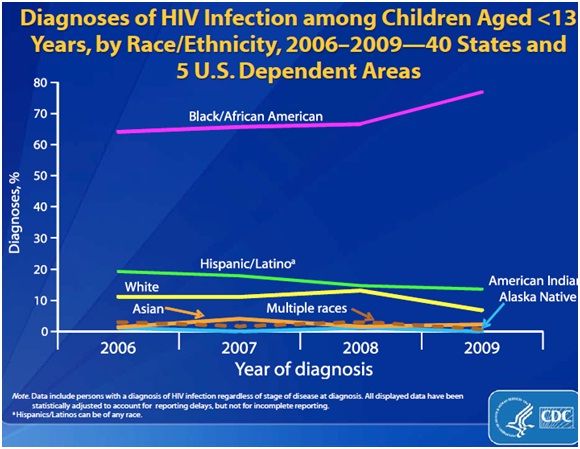- CDC
- Heart Failure
- Cardiovascular Clinical Consult
- Adult Immunization
- Hepatic Disease
- Rare Disorders
- Pediatric Immunization
- Implementing The Topcon Ocular Telehealth Platform
- Weight Management
- Screening
- Monkeypox
- Guidelines
- Men's Health
- Psychiatry
- Allergy
- Nutrition
- Women's Health
- Cardiology
- Substance Use
- Pediatrics
- Kidney Disease
- Genetics
- Complimentary & Alternative Medicine
- Dermatology
- Endocrinology
- Oral Medicine
- Otorhinolaryngologic Diseases
- Pain
- Gastrointestinal Disorders
- Geriatrics
- Infection
- Musculoskeletal Disorders
- Obesity
- Rheumatology
- Technology
- Cancer
- Nephrology
- Anemia
- Neurology
- Pulmonology
Update on HIV in Children and Adolescents
A recent approval of an antiretroviral for children with HIV highlights the difficulties in treatment for pediatric HIV, which is not entirely eliminated in the US and tragically abundant elsewhere. It's also important for HIV among adolescents, which remains a concern in the US.
The Food and Drug Administration recently approved expansion of labeling for etravirine (Intelence) to include treatment of HIV-1 in pediatric patients, ages 6 and older in combination with other antiretroviral medications. This is good news for the field of pediatric AIDS, which is not as completely conquered as it may seem to many physicians in the US.
True, efforts to reduce mother-to-infant transmission have been hugely successful in developed countries. Still, there are an estimated 9,100 children who acquired the virus perinatally currently living in the US. All of them should be receiving antiretroviral therapy (ART).1
A drug cocktail of 3 or more ART medications can significantly improve the course of HIV in children, reducing mortality more than fivefold and enabling children to survive into adulthood. Such treatment is readily available and accessible in developed countries like the US.3
But the estimated 2.5 million children living with HIV, most of them in sub-Saharan Africa, are not so lucky. Unlike the often-long latency period seen in adults, children typically exhibit clinical symptoms within the first year of infection. Approximately one-third who don’t receive appropriate treatment die within a year.2
As the WHO notes, in 2008 just 38% of children worldwide who needed ART received it. There are numerous reasons for this disparity, including a lack of understanding that ART is effective in children and limited availability of “affordable and practical pediatric ART formulations.”2 While the FDA lists 28 drugs for children with HIV, it notes that for many, the manufacturers have not submitted adequate data to support a labeled pediatric indication.
This may change as newer compounds (like etravirine, which was approved for adults in 2008) enter the market. That’s because the Pediatric Research Equity Act of 2003 requires pediatric studies for any new drug application that involves a new active ingredient, indication, dosage form or regimen, or route of administration. However, the FDA can waive the requirement if studies are impossible or impracticable (who would study a prostate cancer drug in a pediatric population?); the drug is likely to be ineffective or unsafe for children; or it doesn’t provide meaningful therapeutic benefit over existing therapies or would not be used in many pediatric patients.4
Another challenge is dosing ART for children and adolescents-who, unlike most adults, significantly alter their body weight throughout much of their treatment. One tool to make that easier is the excellent dosing chart from the Centers for Disease Control (CDC).
Other challenges to appropriate treatment in children include lack of inexpensive or easily usable medications. For instance, liquid formulations may contain additives that are harmful to children, and they usually taste terrible-hardly helpful in getting children to take their medicine and leading to nonadherence. All of this may lead caregivers to crush or break adult-sized dosages for children, resulting in inconsistent dosing and increasing the risk of viral resistance.3
While most companies try to develop liquid drugs for children, the American Academy of Pediatrics (AAP) suggests that the “time and energy” spent doing that might be “better used in the manufacture of smaller pill sizes or crushable tablets, which are easier to dispense, transport, store, and administer to children.”3 This is something primary care clinicians can advocate for through medical associations and their relationships with drug companies.
HIV Infection in Adolescents
HIV transmission to infants no longer looms as a significant problem in the United States, but the peril to adolescents is troubling. Some of them were born before the current success in preventing mother-to-child transmission. Others become infected because of risky behavior. The CDC reports that young people ages 13 to 29 accounted for nearly 40% of all HIV infections in 2009, even though they comprise only about 20% of the US population (See Figure 1).5

Figure 1. Source: Centers for Disease Control and Prevention. HIV Among Youth. December 2011; http://www.cdc.gov/hiv/youth/index.htm. Accessed April 17, 2012.
Although, as Figure 1 shows, the number of children with HIV younger than 14 is small, the number of adolescents overall is significantly larger. The number is also increasing in African-American youth, as Figure 2 demonstrates.
Several risk factors predispose adolescents to HIV infection:
• Early sexual activity. The CDC’s 2009 National Youth Risk Behavior Survey (YRBS) found that nearly half (46%) of adolescents had had sexual intercourse, nearly 6% of them before age 13. Of those who had had sex in the 3 months before the survey, nearly 40% said they did not use a condom.5
• Substance use. An estimated 1 in 4 high school students reported that they had 5 or more drinks of alcohol in at least 1 day during the 30 days before the YRBS survey.5 Alcohol is known for reducing inhibitions and increasing the likelihood that youth will engage in unsafe sexual or drug-related activities.
• Lack of awareness. The reality is that most teenagers have little concept of their own mortality or the potential consequences of risky behavior. Their brains are simply not wired that way. Thus, they just do not believe that HIV infection can happen to them.

Figure 2
Enter primary care physicians.
The AAP and the American Academy of Family Practice (AAFP) both highlight the important role that primary care physicians should play in preventing HIV in the nation’s youth. They both recommend that clinicians regularly discuss behaviors associated with HIV and provide information about primary prevention.6, 7 The AAP specifically recommends that pediatricians incorporate information about HIV-related risk behaviors as part of every health care encounter with older children and adolescents, while the AAFP recommends that physicians routinely consider HIV screening for all patients ?13 to 65.6, 7
Such steps are critical given data showing that the rate of HIV infection increases with age, from 12.6 per 100,000 population in 15 to 19 year olds to 37.2 in 20 to 24 year olds.8
Early intervention, however, in the form of primary prevention counseling from a respected and trusted doctor or nurse, can stem that increase-and help bring down rates in our youth.
References:
REFERENCES:
1. Centers for Disease Control and Prevention. Pediatric HIV Surveillance (through 2009). 2011; http://www.cdc.gov/hiv/topics/surveillance/resources/slides/pediatric/. Accessed April 17, 2012.
2. World Health Organization. Antiretroviral therapy for HIV infection in infants and children: Towards universal access. 2010 revision. Geneva; 2010.
3. Havens PL, Gibb DM. Increasing antiretroviral drug access for children with HIV infection. Pediatrics. 2007;119(4):838-845.
4. Food and Drug Administration. Fixed Dose Combinations, Co-Packaged Drug Products, and Single-EntityVersions of Previously Approved Antiretrovirals for the Treatment of HIV; 2006.
5. Centers for Disease Control and Prevention. HIV Among Youth. December 2011; http://www.cdc.gov/hiv/youth/index.htm. Accessed April 17, 2012.
6. Romanelli F, Matheny SC. HIV infection: the role of primary care. Am Fam Physician. 2009;80(9):946-952.
7. Reducing the risk of HIV infection associated with illicit drug use. Pediatrics. 2006;117(2):566-571.
8. Centers for Disease Control and Prevention. HIV/AIDS Surveillance: General Epidemiology. 2008; Last updated: June 28, 2007; Available at: Available at: http://www.cdc.gov/hiv/topics/surveillance/resources/slides/general/index.htm. Accessed November 20, 2008.
